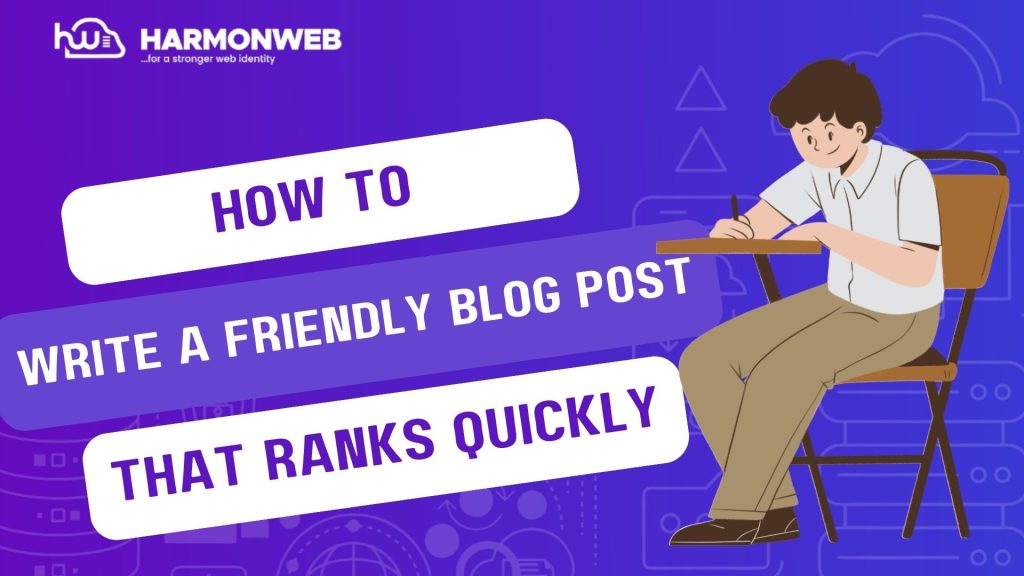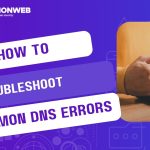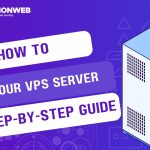Optimizing your site or blog’s content to be SEO-friendly is the best investment and mindset you can and should adopt in 2025. If there is one lesson we have learned from Google’s SEO policy update in the past, that lesson can be summed up as ‘content is king’.
A brief look at Google’s SEO policy right from Google’s founding released in 1998 to 2005 which ranks web pages based on the relevance of incoming links, such as site authority. The Panda update cracked down on low-quality content farms, while Penguin targeted manipulative link schemes. Hummingbird improved semantic search; RankBrain, BERT, and other updates that follow suit has made Google extremely good at prioritizing content that provide genuine value.
So if you want your business to thrive and enjoy traffic from organic search, then you have to stick to the very end of this article or move to the section that addresses your SEO needs.
Step-by-Step Guide to Crafting SEO-Optimized Blog Posts
1. Choose The Right Keywords:
Choosing the right keywords is equivalent to starting with your best foot in the door, as it is the foundation of every SEO campaign.
Start by identifying keywords with high search volume but low competition. The best way to achieve that is through long-tail keywords as they directly match the search intents of some segment of people searching that topic e.g. “how to write SEO-friendly blog posts that rank quickly”.
The right keywords help you to easily achieve your business goals as the search intent are well matched between your business and customers. For instance, your title can easily help search engine and users to know if your blog post is informational, commercial navigational, etc.
You can use tools like Ahrefs, SEMrush or Google Keyword Planner to help you identify Keywords with high search volume and low competition (KD <30). Another angle to approach this is to spice your blog posts with LSI (Latent Semantic Indexing) Keywords that add depth and more relevance to your blog post.
Another vital but very important tip is to use AnswerThePublic to find questions your audience are asking.
2. Craft a Compelling Title:
Your title tag is the first thing that attract users to either give your article a read or not. It is also the first thing search engine will use when trying to understand the relevance of your articles to users.
An impressive way to do this is to insert your primary Keywords near the title e.g. “How to write SEO-friendly blog posts….”. You can maintain your titles to be around 60 characters to prevent truncation in search results. And most importantly make it interesting and engaging for users so it immediately catches their interest and pull them in to want to read. You have to approach that you are serving two masters: your audience and search engines; because those are the two variables that makes your effort rewarding on SERPs (Search Engine Results Page).
3. Optimize Your Meta Description:
The meta description is a brief summary that appears below your title on SERPs (Search Engine Result Pages). The best way to approach meta description optimization is to include your primary or main Keywords naturally and keep it within 160 characters. And as usual, try to entice searchers to pick your articles by presenting yours as the most appropriate for their needs.
4. Write High-Quality, Engaging Content:
Search engines prioritize user experience. High-quality, valuable content keep readers engaged and reduces bounce rate. So your first task is to captivate user’s attention within the first or second paragraph.
Always stick to the AIDA (Attention Interest Decision Action) theories. Captivate user’s attention to make them want to read more by addressing their search interest, then try to stick with that interest in mind as much as possible. While doing all these, remember to help them make those split decisions by showing your expertise, and experience and try to break every objection they may have that might affect your brand’s objective. Finally, ask them through your “call to action” which is usually your last paragraph to take action.
Actionable Tips:
• Answer your audience’s questions comprehensively.
• Break your content into short paragraphs for readability.
• Use bullet points, subheadings, and images to enhance user experience.
•Aim for a word count that aligns with top-ranking posts on the same topic.
• Original Insights: Include examples, case studies, or data.
5. Use Proper Header Tags (H1-H6):
Using proper H1-H6 tags helps search engines to easily scan through and understand your blog post. It enables and increases the readability of your content to users too.
Actionable Tips:
• Header tags help structure your content and signal its hierarchy to search engines.
• Use H1 for the main title (automatically applied by most CMS platforms like WordPress).
• Use H2 for main sections and H3-H6 for subsections.
• Incorporate keywords naturally in headers to improve relevance.
6. Add Internal and External Links:
Links play a significant role in SEO by building authority and providing additional resources for readers. Internal links for instance, help your readers to find related articles you have written that clarify or explain a particular concept that needs more details.
Actionable Tips:
Internal links: Link to related content on your site to improve navigation and boost page views.
External links: Link to reputable sources to add credibility and context. Ensure they open in a new tab to retain readers.
7. Optimize for Mobile Users:
With mobile-first indexing, Google prioritizes mobile-friendly websites. It is advisable to use responsive design to ensure all readers have great experiences reading through your articles despite their devices. And always stick to using fonts that make readability easy for all users.
Actionable Tips:
• Use a responsive design to ensure your blog looks good on all devices.
• Keep fonts readable and avoid intrusive pop-ups.
• Test your blog on Google’s Mobile-Friendly Test tool.
8. Incorporate Visuals and Optimize Them:
Visual content like images, infographics, and videos make your blog more engaging. However, they must be optimized to avoid slowing down your site.
Actionable Tips:
• Use compressed image formats (e.g., JPEG, PNG).
• Add descriptive alt text with keywords for accessibility and SEO.
• Use videos to keep readers on the page longer.
9. Improve Page Speed:
Slow-loading blogs leads to higher bounce rates and lower rankings. So improving your page speed is a must, as readers may become impatient and move to other blogs or websites that give value without delay.
Actionable Tips:
• Compress images and enable browser caching.
• Use a reliable hosting provider.
• Test your site speed on tools like Google PageSpeed Insights.
10. Optimize URLs:
A clean and concise URL structure improves user experience and search rankings. Ensure to always include the primary keyword in the URL and try as much as possible to avoid unnecessary words or numbers.
Example: harmonweb.com/write-seo-friendly-blog-posts
11. Prioritize On-Page SEO Best Practices:
Optimizing the following elements within your blog:
• Keyword Placement: Use your keyword in the title, headers, first 100 words, and naturally throughout the content.
• Image Alt Text: Describe images with keywords for better visibility in image search.
• Content Formatting: Use bold, italics, and lists to emphasize key points.
Note: Prioritizing on-page SEO practices will not only help you with search engines but also help searchers to enjoy your articles.
12. Encourage Social Sharing:
Social shares can indirectly boost SEO by driving more traffic to your blog. Ensure to add social sharing buttons to your blog. Also create shareable content, such as quotes, tips, or infographics.
These practices encourage users to share this valuable piece with their social circles. So it should be your focus to create valuable content to encourage them to help you get your content to more eyeballs. Doing this will help you get more organic traffic than you can imagine.
13. Write an Engaging Conclusion with CTAs:
End your blog with a clear call-to-action (CTA) to encourage readers to take the next step, such as subscribing, sharing, or commenting.
14. Regularly Update Your Content:
Outdated content loses relevance and rankings over time. Periodically review and update your blog with new information, keywords, and links.
Conclusion
Writing SEO-friendly blog posts that rank quickly requires a balance between providing value to readers and adhering to search engine optimization best practices. By focusing on proper keyword research, creating structured content with headers, optimizing for mobile and speed, and ensuring high-quality visuals, you can create blogs that perform well on SERPs. Regularly monitor your blog’s performance and refine your strategies to stay ahead of the competition.





